Available reports:
- Solid Targets for Astrophysics Research – STAR
- Tests of Solid Targets for Astrophysics Research
- Development of a jet-gas target system
- Extracting two non-routine AMS isotopes
- Stellar Simulations and Resulting Publications
- Model Industry Day
Databases and datasets:
- Barium Star Repository
- Reaction Network Generator – NetGen
- New Generation of Solar Models
- Nuclear Reaction Rates – ChANUREPS
- Stellar Trajectories – ORChESTRA
- s-process Library – ASTRAL
- Solar Fusion Library (Solar Fusion III)
- 3D NLTE Abundance Correction Grid
- Database of stable isotope anomalies in bulk meteoritic materials
- Example database representing nuclear astrophysics models predictions of correlations between stable/stable abundances of specific isotopes
Courses and Tutorials
- Course on Galactical Chemical Evolution Modelling
- Course on Stellar Nucleosynthesis Tools for HPC Clusters
- Multidisciplinary Guide to Astronuclear Science Cases
Tools:
- Stellar Analysis Pipeline – webSME
- Stellar Interpretation for Meteoritic data and PLotting – SIMPLE
- Translation of Stellar Yield Predictions for Comparison with the Laboratory Analysis of Meteorites
- Implantation Of Noble Gases In Grains – IONGIG
- Open-source computational tool to calculate the diffusive transport of radioactive nuclei in the interstellar medium (RadioDiff)
- Nucleosynthesis Sensitivity Library
Introduction
A variety of joint research activities (JRAs) in ChETEC-INFRA will compile information and data for researchers in their respective fields.
This includes databases of:
- surface abundance corrections for effects of stellar evolution (WP5)
- 3D NLTE abundance corrections for a number of key s-process chemical elements (WP5)
- AGB/binary stars (WP6)
- stable isotope anomalies in bulk meteoritic materials (WP9)
Other goals in ChETEC-INFRA revolve around software tools for nuclear astrophysics calculations, and how to make these tools more easily accessible to the community.
The projects pursued so far are listed below:
Reports
Solid Targets for Astrophysics Research – STAR
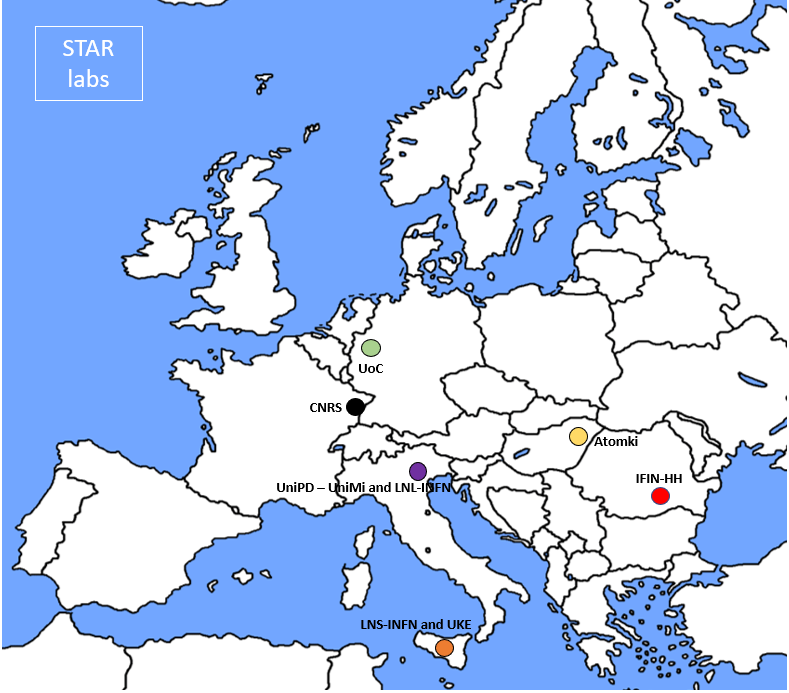
STAR, as part of ChETEC-INFRA’s WP3/JRA1, is focused on solid targets to be used in experiments for nuclear astrophysics.
The report summarizes experience, capabilities and facilities at different partner institutions, available to the nuclear astrophysics community.
Tests of Solid Targets for Astrophysics Research
Within the efforts of STAR, targets have been tested and characterized by irradiation with accelerated ion beams, and charged particles from radioactive sources. A report on these tests can be found here.
Development of a Jet-Gas Target
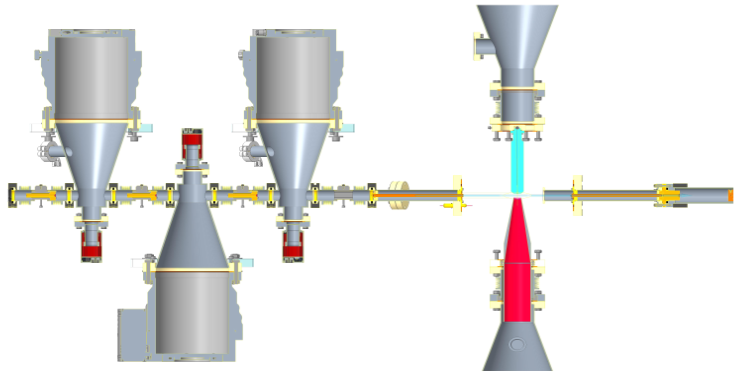
The development and construction of a jet-gas target for nuclear astrophysics experiments is part of ChETEC-INFRA’s WP3/JRA1. A progress report on this work has been presented in October 2022.
A copy of the report is available on arXiv, and has been submitted for publication as part of the conference proceedings for the NPA-X conference.
Extracting Two Non-Routine AMS Isotopes
A report on extracting 90Sr and 135Cs for AMS analysis has been published and can be found here.
Stellar Simulations and Resulting Publications
A report on stellar simulations led or supported within the scope of WP4 is presented here, alongside a list of resulting scientific publications, up to month 36 of the project (April 2024, D4.6).
Model Industry Day
As part of WP7, a first industry day was organized within the 2022 Summer School on Neutron Detectors and Related Application. A report can be found here.
Databases and Datasets
Barium Star Repository
A database of Barium stars has been created and filled with first data. The data collection is openly available as a GitHub repository and will be reviewed / expanded on a regular basis.
Reaction Network Generator – NetGen

NetGen is a tool for astrophysicists to build up nuclear reaction networks for a given set of reactions, generate tables of nuclear reaction rates on a temperature grid, and to plot the individual reaction rates against temperature.
New Generation of Solar Models
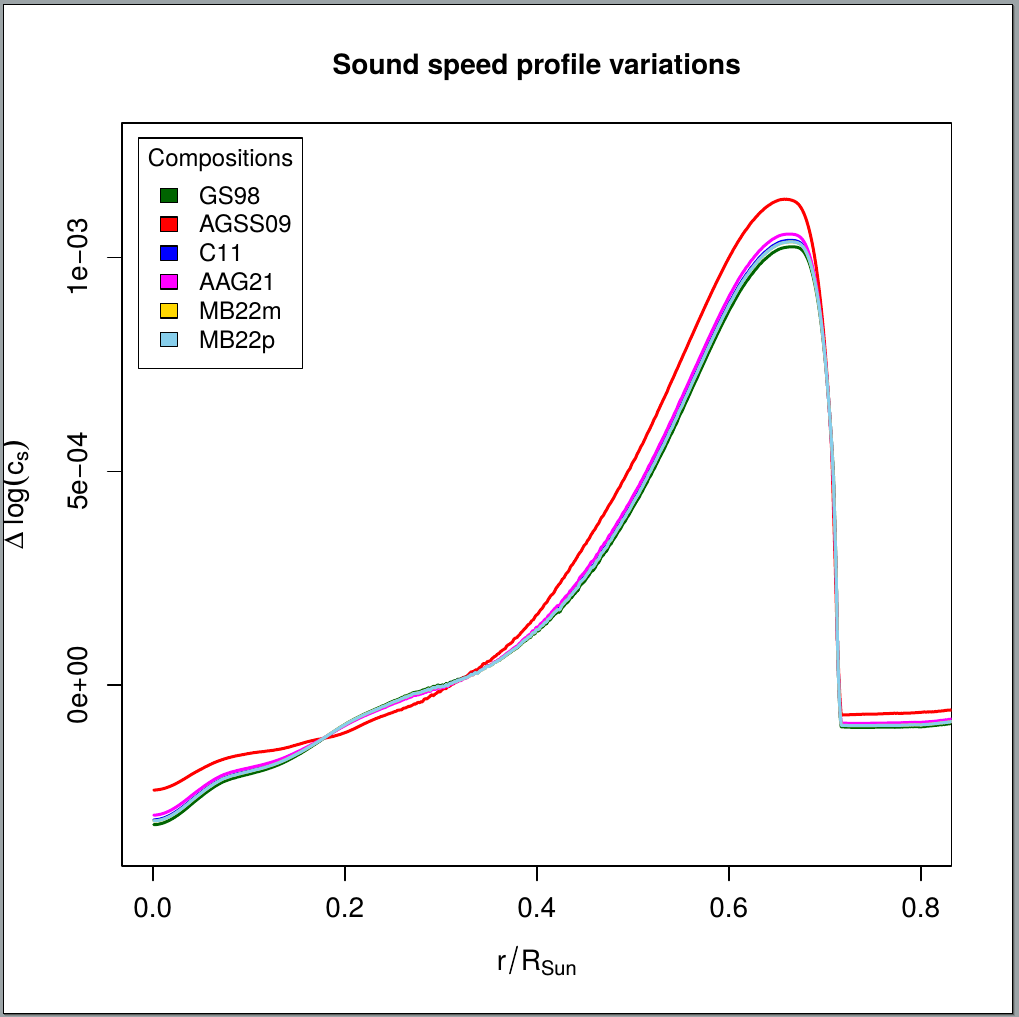
Data from a variety of up-to-date Solar Models is published at
together with a routine to generate variations of them in a Linear Solar Model (LSM) approximation. The provided data includes the solar inner structure for several physical variables and abundances for chemical species of interest, as well as neutrino outflows and distributions from different sources and their correlation matrices.
Nuclear Reaction Rates – ChANUREPS

ChANUREPS is a platform where the nuclear-astrophysics community is providing new nuclear reaction rates, and other users can find them easily open source with a simple format. These rates could be used for many research tasks, such as nucleosynthesis calculations, comparison when new rates are becoming available and much more.
Maxwellian-Averaged Cross Sections for the s-Process – ASTRAL
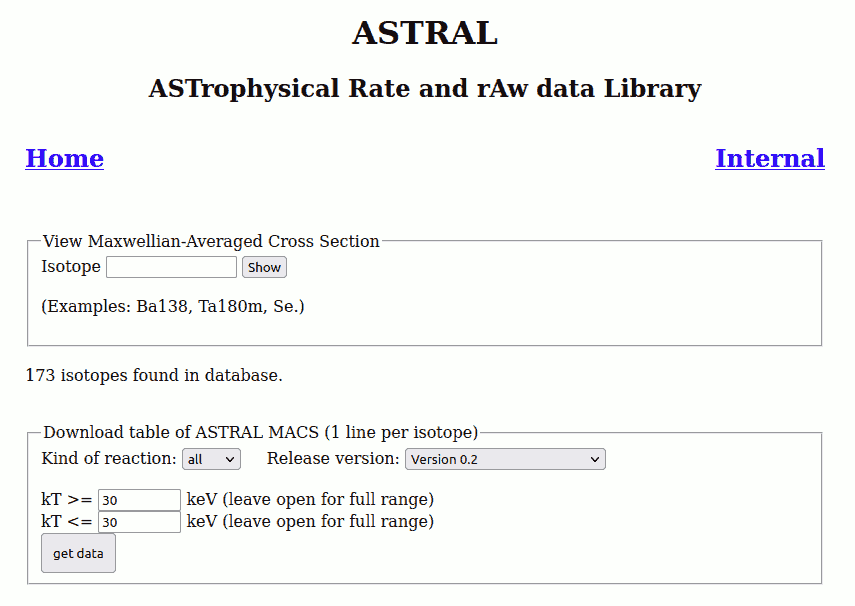
ASTRAL, the ASTrophysical Rate and rAw data Library, collects recommended neutron capture cross sections required for s-process nucleosynthesis calculations. As measured data are typically cross section ratios between the isotope under investigation and a reference cross section, ASTRAL does not only store the cross section but also the raw value, allowing to accommodate updates of the reference cross sections.
Solar Fusion Library (Solar Fusion III)
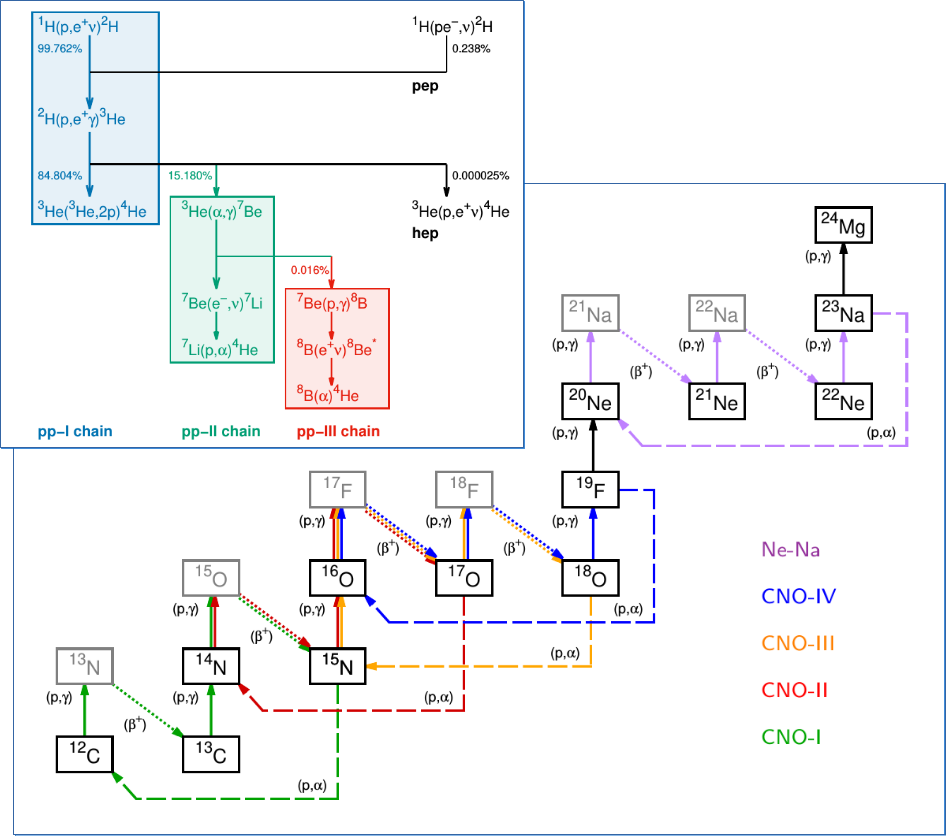
This dataset contains the latest recommendations of astrophysical S-factors for nuclear fusion reactions occurring in hydrogen-burning stars, included in the Solar Fusion III decadal review article (submitted for publication, e-print available at arXiv:2405.06470).
https://doi.org/10.5281/zenodo.13945119
The data includes S-factors and their derivatives at zero energy (where available). That is, S(0), S´(0), S´´(0), in units of MeV·b, b, and b/MeV, respectively. Fractional uncertainties are also provided (marked as fr_err). Unavailable data are marked as NA.
3D NLTE Abundance Correction Grid
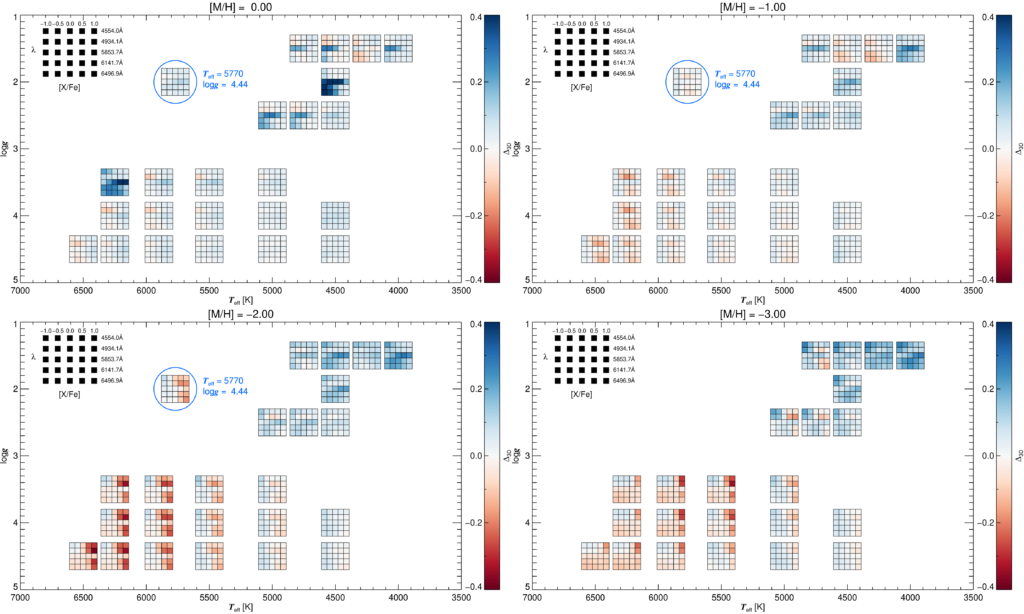
A first release for a calculated grid of 3D NLTE – 1D LTE abundance corrections covers a number of spectral lines in barium (Ba II) for a sequence of stellar model atmospheres. More information on the procedure, and the data is available here: 3DNLTE
Database of stable isotope anomalies in bulk meteoritic materials
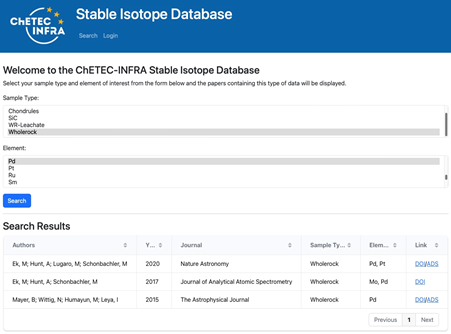
The stable isotope database contains a list of papers that have published mass-independent isotope variations, also known as nucleosynthetic anomalies, in meteorites. The database can be searched for elements and sample types of interest. – It is available here.
Example database representing nuclear astrophysics models predictions of correlations between stable/stable abundances of specific isotopes
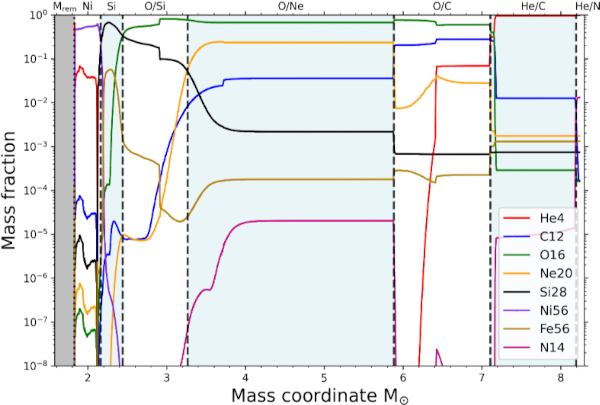
A library of 72 figures is created using the SIMPLE code, with data from 18 core-collapse supernova models with 3 different initial masses of 15, 20, 25 solar masses, all of solar metallicity and non-rotating stars.
The library is available on Zenodo – DOI:10.5281/zenodo.13837942.
Stellar Trajectories – ORChESTRA
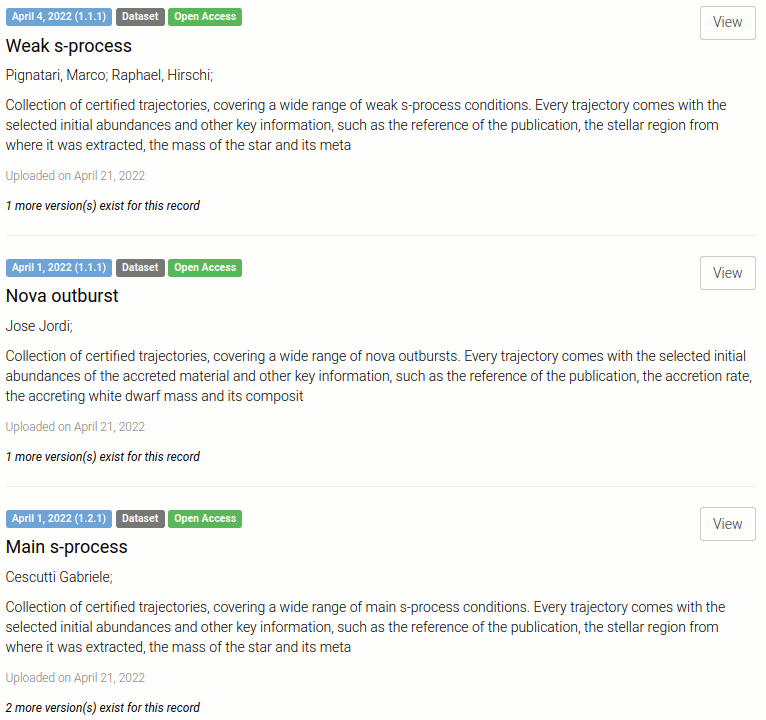
ORChESTRA (Online Repository of ChETEC Stellar TRAjectories) is developed and maintained as a free open-source platform under ChETEC-INFRA. The aim of ORChESTRA is to publish regularly a fully documented library of certified trajectories, covering a wide range of stellar conditions for nuclear astrophysics simulations. Trajectories with initial conditions, origin and relevant information will be fully available.
Trajectory data in ORChESTRA is available on Zenodo.
Courses and Tutorials
Galactic Chemical Evolution Modelling
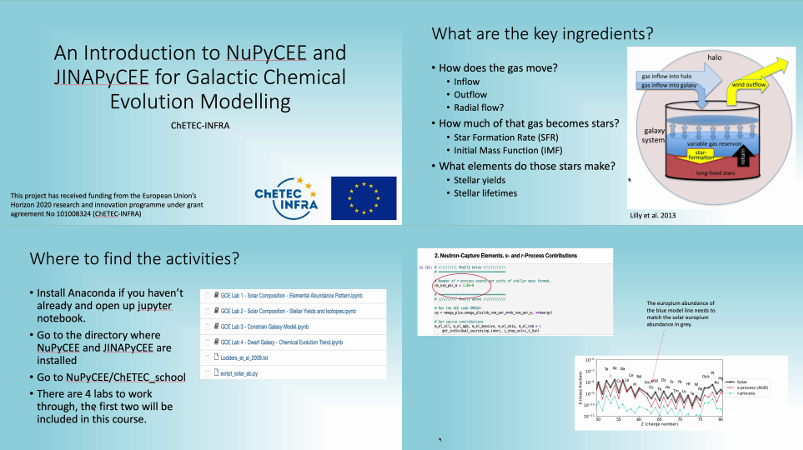
A video course on GCE Modelling with NuPyCEE and JINAPyCEE that guides through the initial setup, and their application in two lab projects.
The course can be found on this page.
Stellar Nucleosynthesis Tools for HPC Clusters
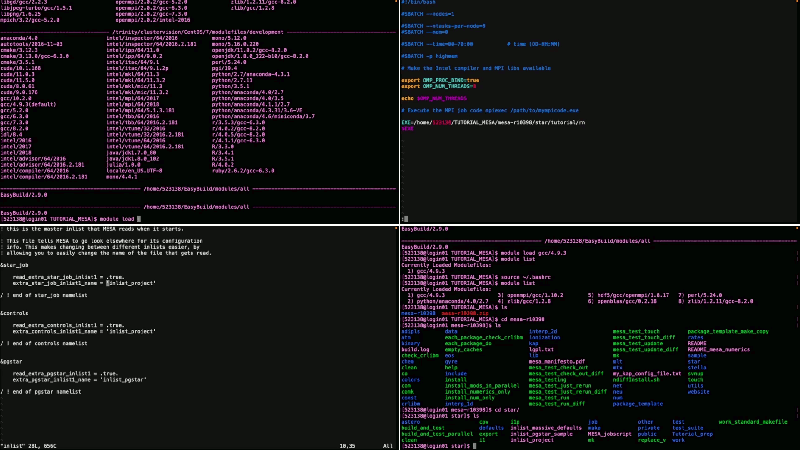
Series of video tutorials providing online training courses for stellar evolution and nucleosynthesis tools on the ChETEC-INFRA Viper HPC facility (tutorials also useful for other HPC systems and servers/desktops/laptops).
The first video of the series is available on the ChETEC-INFRA YouTube Channel.
Multidisciplinary Guide to Astronuclear Science Cases
This deliverable to WP6 will build on the work of JRA1, JRA2 and JRA3 to provide the ChETEC-INFRA community with textbook examples of cross-collaboration between astronomers, astrophysicists, nuclear physicists and cosmochemists. A first version of this guide is available here, and will be expanded in the future.
Tools
Stellar Analysis Pipeline – webSME
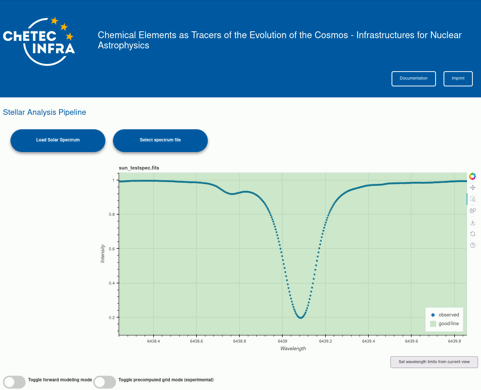
WebSME provides tools to i) derive stellar parameters and element abundances from an observed stellar spectrum, or ii) synthesize a spectrum based on fixed stellar parameters. It is based on the stellar spectral synthesis library SME in its python version (Wehrhahn et al. 2023).
WebSME also derives indicative surface-abundance corrections for the star under analysis derived with the PARSEC code (Bressan et al. 2012).
The online interface and documentation is available at websme.chetec-infra.eu.
Stellar Interpretation for Meteoritic data and PLotting – SIMPLE
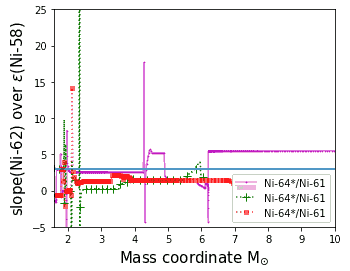
SIMPLE is an open-source algorithm to translate predictions from sets of core-collapse nucleosynthesis models into quantities which allow for a comparison with meteoritic anomalies.
The code is available on the NuGrid GitHub repository (www.nugridstars.org), and can also be used online as a Jupyter notebook at https://astrohub.uvic.ca/chetec/.
Translation of Stellar Yield Predictions for Comparison with the Laboratory Analysis of Meteorites
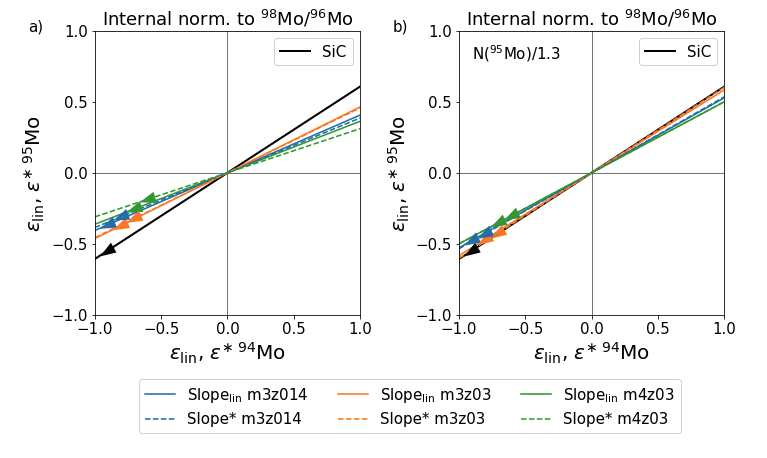
A git repository with a Jupyter notebook providing the tools to translate predictions from stellar yield calculations into the units and representation obtained from laboratory analysis of meteorites.
The repository is available on GitHub.
Implantation Of Noble Gases In Grains – IONGIG
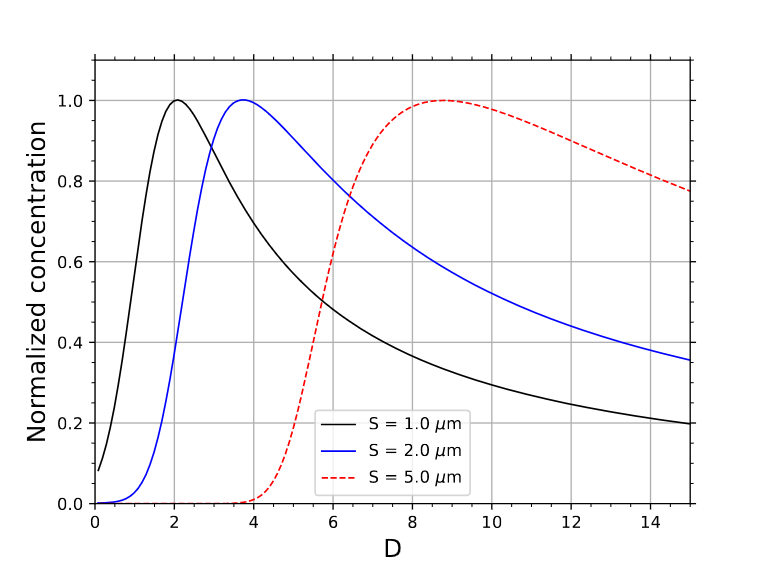
In order to build a database with predicted (implanted) isotopic abundances for different grain sizes to compare with grain measurements, we developed a new python tool – the IONGIG framework, or Implantation Of Noble Gases In Grains framework – to follow the implantation of ionized noble gases into dust grains.
IONGIG is made available as a public repository on GitHub.
Open-source computational tool to calculate the diffusive transport of radioactive nuclei in the interstellar medium (RadioDiff)
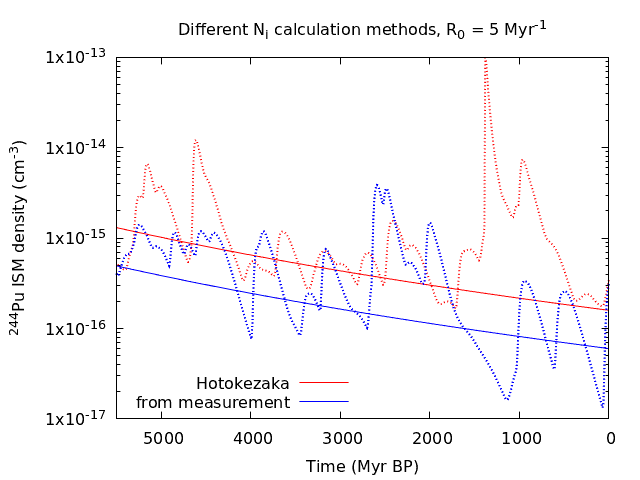
The RadioDiff C++ code calculates the evolution of the number density of a given radioactive nucleus in the interstellar medium (ISM) taking into account the ejection of the nucleus from its stellar source, its radioactive decay, and diffusion in the interstellar medium following the method published by Hotokezaka et al. (2015, Nature Physics, 11, 1042).
The source code of RadioDiff is publicly available as a git repository on GitHub.
Nucleosynthesis Sensitivity Library
A first release of an interface for elemental sensitivities is available here, with work on a new interface in progress here. A publication for the new interface is in preparation.
Scientific Publications
Publications that acknowledge ChETEC-INFRA can be found on the SAO/NASA Astrophysics Data System (ADS).
